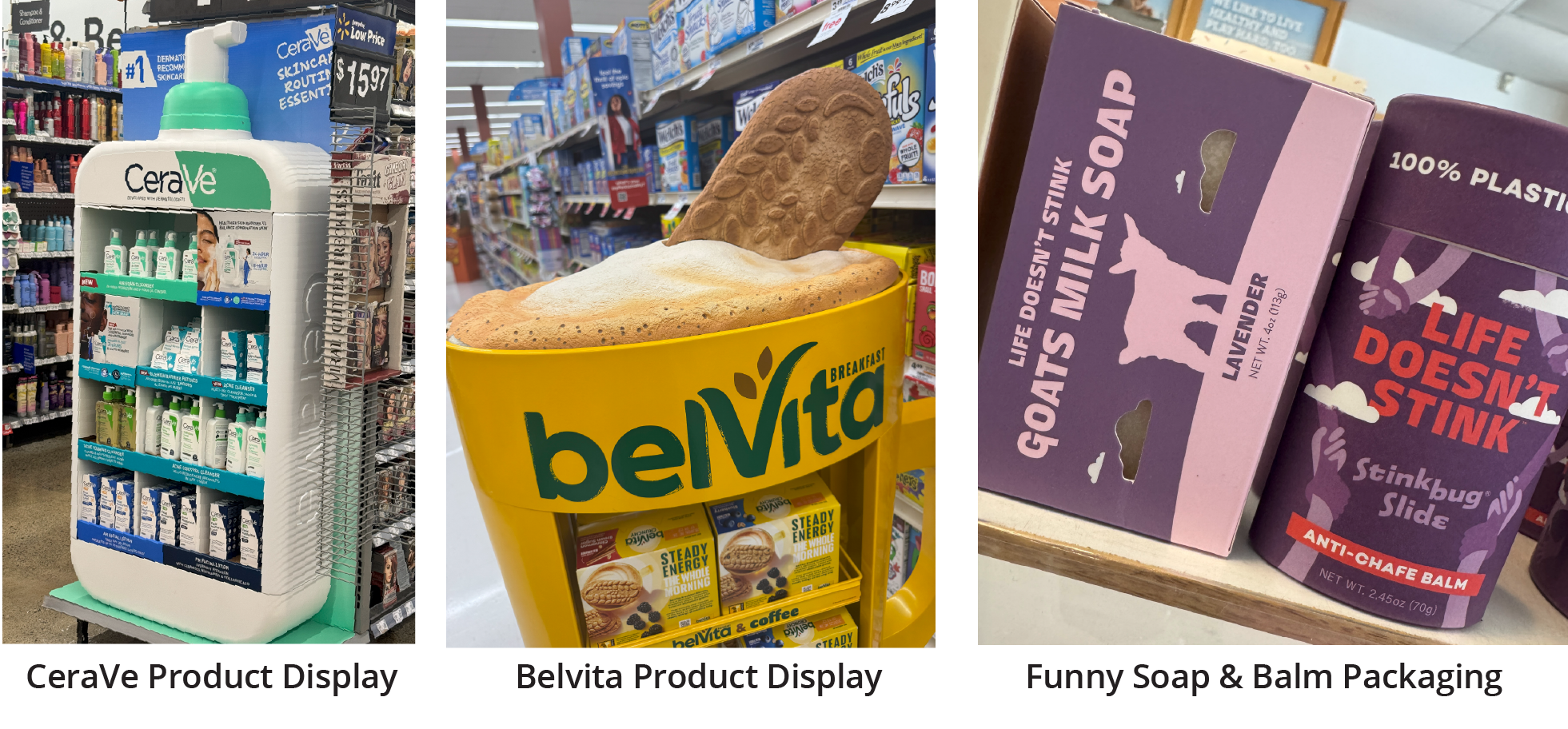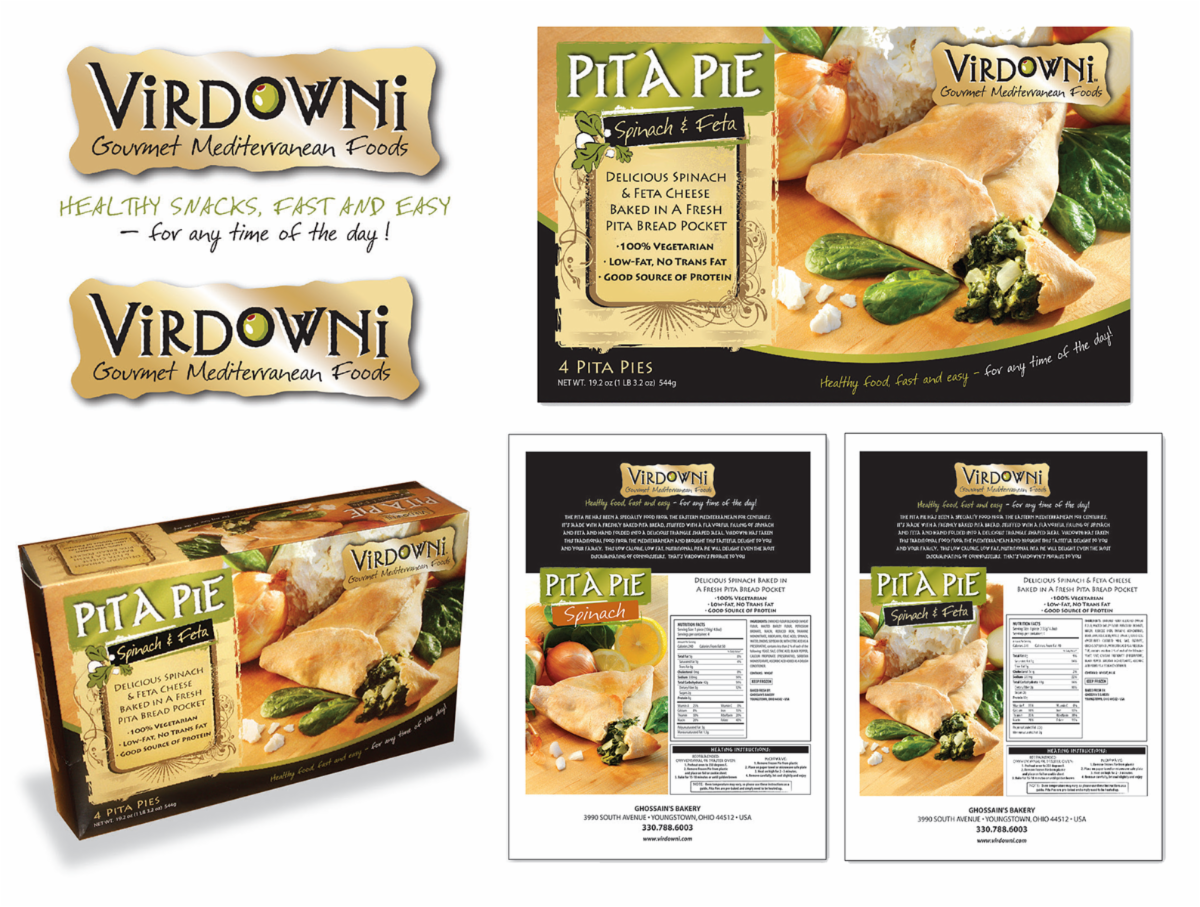
| By Agata Khoury — Art Director I’ve always been fascinated by the world of package design—the kind that makes you stop, pick something up, and admire it before you even know what’s inside. Those clever details, bold colors, and unexpected textures have a way of telling a story on their own, and that’s what first drew me into design. Early in my career, I found myself designing packaging for anti-theft car devices and a handful of other products. The work pushed me into the world of clamshell-style packaging, where I had to balance two goals: making the product itself the star while also communicating its purpose in a clear, compelling way. It was the first time I realized how powerful packaging could be—not just as a container, but as a storyteller. A few years later, I had the opportunity to design packaging for a Mediterranean deli. This project was a completely different challenge—where the goal wasn’t security or function, but appetite appeal. I had to think about how color, typography, and imagery could capture the freshness and flavor of the food while still feeling authentic to the deli’s identity. From the product photo shoot that took place in my home, to take-home package items, every detail had to spark that moment of desire and connection under the brand name we developed, Virdowni. Both experiences gave me the opportunity for dimensional design, and expanded my knowledge base beyond standard one-dimensional print design.  – Virdowni Brand and box packaging for Ghossain’s Pita Pies. Great display design also deserves a second look. Of course, great packaging doesn’t live in isolation—it lives in context. That’s where display design comes in. A well-executed display can transform even the most modest package into something magnetic. It’s about creating an environment where the product shines, whether it’s on a crowded retail shelf,a deli counter, or a point-of-purchase stand. Display design extends the story that packaging begins: it guides the eye, sets the mood, and invites interaction. In many ways, display design is the stage, and packaging is the actor. One without the other risks being overlooked. Together, they amplify each other, ensuring the product not only grabs attention but holds it long enough to create connection—and ultimately, a purchase. A few examples…. What To Consider InPackage and Display Design ✅ PRIORITIZE SIMPLICITYClean, clear designs are easier to understand and often more memorable than overly complex ones. ✅ TELL A STORYUse colors, textures, and graphics to share a brand’s personality or values at a glance. ✅ FOCUS ON FUNCTIONALITYGreat packaging isn’t just beautiful —it’s easy to open, reseal, stack, or transport. ✅ THINK SHELF IMPACTYour design should stand out when placed next to competitors—whether through bold typography, unexpected shapes, or creative use of space. ✅ BE CONSISTENT WITH BRANDINGPackaging and displays should feel like an extension of the brand’s overall identity, not a separate universe. ✅ CONSIDER SUSTAINABILITYModern consumers care about eco-friendly materials, minimal waste, and recyclable designs. |